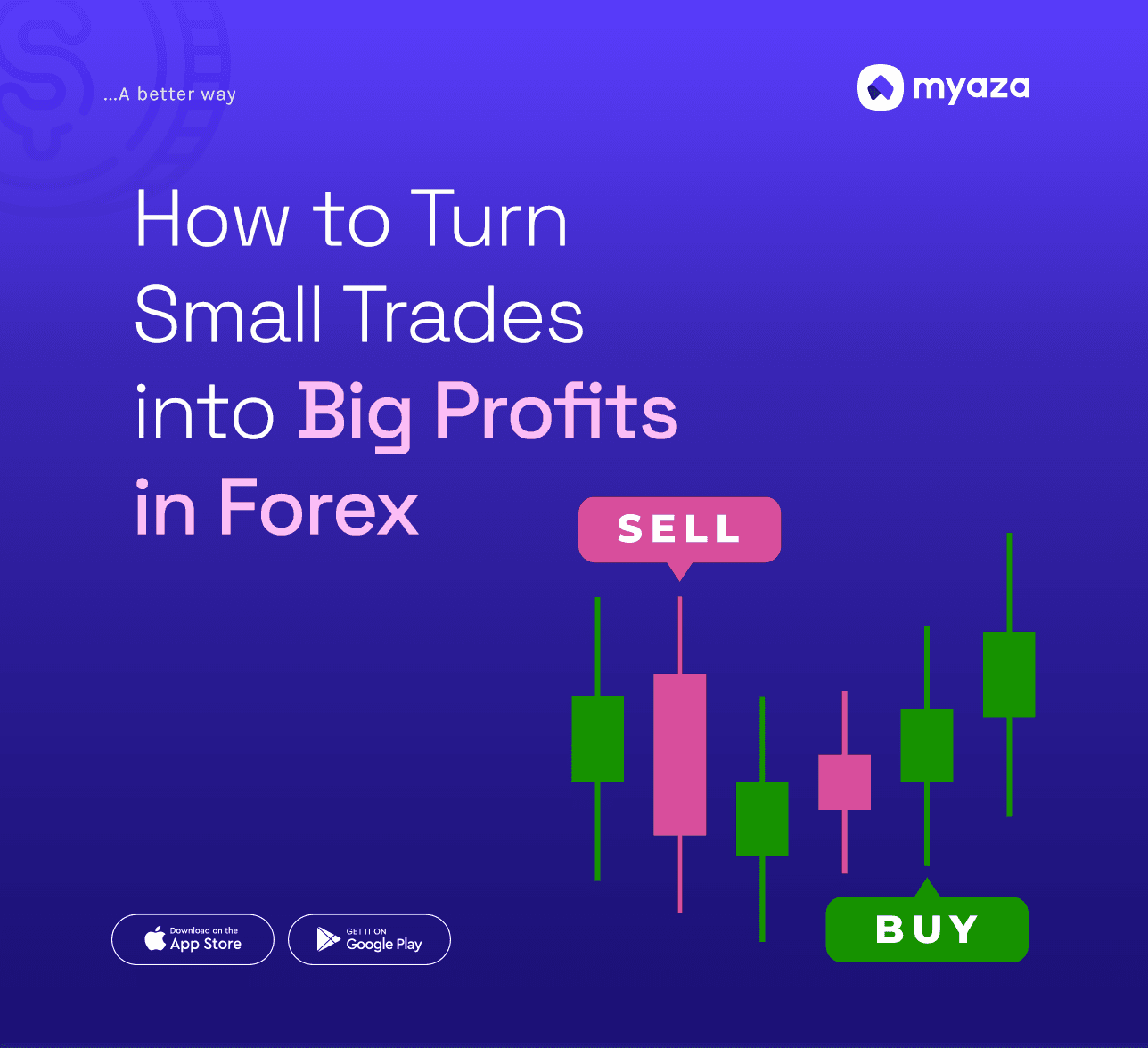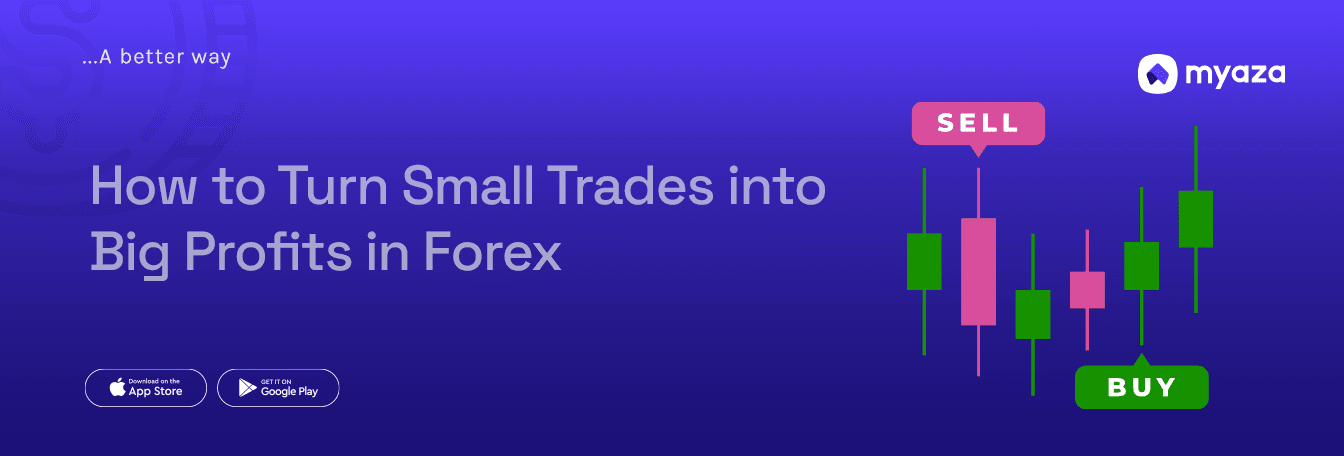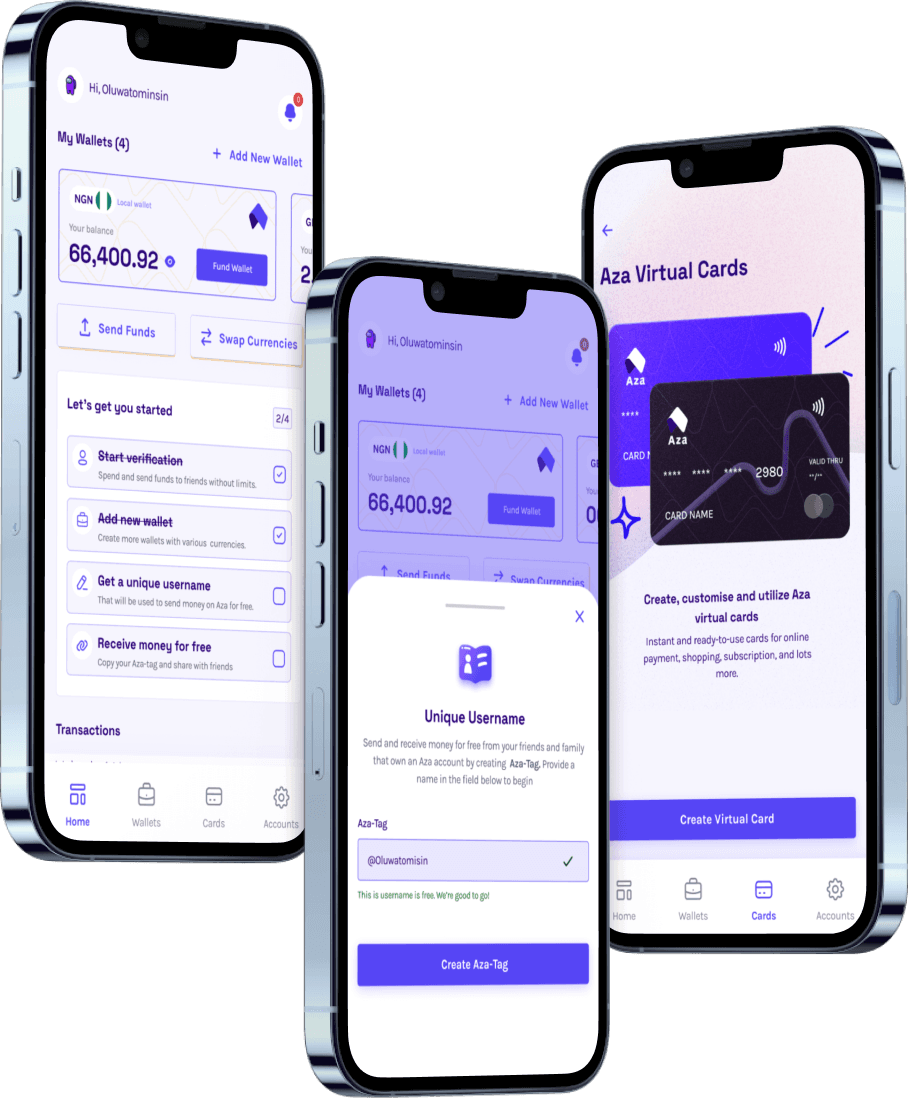How to Turn Small Trades into Big Profits in Forex

Introduction to Forex
Forex, short for Foreign Exchange, refers to the global marketplace where currencies are traded. It's the largest financial market in the world, with daily trading volumes exceeding $6 trillion. Unlike the stock market, where you buy shares of companies, in Forex, you trade the value of one currency against another.
In this comprehensive guide, we’ll dive into everything you need to know about Forex—how it works, essential terminology, and how to be profitable in this dynamic and fast-paced market.
What is Forex?
Forex trading involves the exchange of one currency for another, and it takes place in pairs. A trader buys one currency while simultaneously selling another. For example, in the EUR/USD currency pair, you are trading the Euro against the US Dollar. The objective of Forex trading is to speculate on the movements of these currency pairs and profit from their price changes.
Forex trading occurs 24 hours a day, five days a week, due to the global nature of the market. It is decentralized, meaning it doesn’t operate through a central exchange. Instead, trading happens directly between buyers and sellers through over-the-counter (OTC) markets.
How Does Forex Trading Work?
The Forex market operates in pairs—like EUR/USD, GBP/USD, USD/JPY, etc.—where one currency is the base currency (the first in the pair) and the second is the quote currency (the second in the pair). The price you see for any currency pair is the amount of the quote currency you need to buy one unit of the base currency.
Example: In the EUR/USD pair, if the price is 1.1000, it means you need 1.10 USD to buy 1 Euro.
Trading can be done manually or through automated trading systems, and can range from short-term trades (scalping) to long-term investments (position trading).
Key Forex Terms to Know
To be successful in Forex, it's essential to understand the terminology used. Here are some of the most important terms every trader should know:
Currency Pair: A pair of currencies traded in Forex, like EUR/USD. The first currency is called the base currency, and the second is the quote currency.
Pip: The smallest price movement in Forex, typically representing the fourth decimal place in most currency pairs. For example, if EUR/USD moves from 1.1050 to 1.1051, that’s a 1-pip move.
Spread: The spread is the difference between the bid price (the price you can sell at) and the ask price (the price you can buy at). A smaller spread often means lower costs to trade.
Leverage: Leverage allows you to control a larger position with a smaller amount of capital. For instance, with 100:1 leverage, you can control $100,000 with just $1,000. While leverage can amplify profits, it also increases risk.
Margin: This refers to the amount of money required to open a position. It’s essentially a security deposit to cover potential losses.
Lot: A lot refers to the quantity of currency being traded. The standard lot size is 100,000 units of the base currency, but there are also mini and micro lots, which are 10,000 and 1,000 units, respectively.
Bid/Ask Price: The bid price is the price at which you can sell a currency pair, and the ask price is the price at which you can buy. The difference between the bid and ask is the spread.
Order Types:
Market Order: A buy or sell order executed at the current market price.
Limit Order: An order to buy or sell at a specified price or better.
Stop Loss Order: An order placed to limit potential losses on a position by automatically closing the trade at a set price.
Take Profit Order: An order to close a position once a set profit level is reached.
Slippage: Slippage occurs when an order is executed at a different price than expected, typically due to high volatility or low liquidity.
Drawdown: This refers to the reduction of your trading account's balance from its peak to its lowest point, indicating the losses incurred during a period of trading.
How to Be Profitable in Forex Trading
While the Forex market can be highly profitable, it’s not without risk. Here are key strategies and tips that can increase your chances of making consistent profits:
1. Understand Market Analysis
There are two primary types of market analysis that Forex traders use to make informed decisions: technical analysis and fundamental analysis.
Technical Analysis: This involves analyzing price charts and using indicators (such as moving averages, RSI, and Bollinger Bands) to predict future price movements. Technical analysis is based on the assumption that past price movements and patterns can help predict future behavior.
Fundamental Analysis: This focuses on the economic and political factors that influence currency values. Important indicators include GDP growth, inflation rates, interest rates, employment data, and central bank policies. Understanding these can help you anticipate currency price movements based on economic trends.
2. Develop a Trading Plan
A well-structured trading plan is essential to keep you disciplined and focused. This plan should include:
Goals: Define what you want to achieve with your trading (e.g., profit targets, learning objectives).
Risk Management: Determine how much of your capital you are willing to risk on each trade and establish stop-loss levels to minimize losses.
Strategy: Choose a strategy that suits your risk tolerance and time availability, such as day trading, swing trading, or scalping.
3. Use Leverage Wisely
Leverage can amplify both profits and losses. It’s important to use leverage cautiously and avoid overexposing yourself. The higher the leverage, the greater the risk, so it’s critical to ensure that your risk management strategy includes setting proper stop-loss orders.
4. Risk Management
Effective risk management is key to long-term success in Forex trading. You should never risk more than 2% of your total trading account on a single trade. This way, you can withstand losses without wiping out your capital. Always use stop-loss and take-profit orders to protect your positions.
5. Stick to One Currency Pair (Initially)
As a beginner, it’s a good idea to focus on one or two currency pairs to become familiar with their movements. Popular pairs like EUR/USD, GBP/USD, or USD/JPY are good options as they have higher liquidity and lower spreads.
6. Emotions Matter: Keep Them in Check
One of the biggest challenges in Forex trading is controlling emotions like greed and fear. These emotions can lead to impulsive decisions, overtrading, or abandoning a strategy. It’s important to stay disciplined, stick to your plan, and not let your emotions drive your trading decisions.
7. Stay Informed
Forex markets are heavily influenced by global events, economic reports, and geopolitical developments. Make it a habit to keep track of news and announcements that could impact the markets. A well-informed trader can respond quickly to unexpected events and adjust their strategy accordingly.
8. Start Small and Scale Up
It’s tempting to jump in with large positions to maximize profits quickly, but this can lead to significant losses if not managed carefully. Start with smaller positions, practice using a demo account, and gradually scale up your trading size as you gain more experience.
9. Continuously Learn and Adapt
The Forex market is constantly evolving. Successful traders always seek to improve by learning from their mistakes, backtesting strategies, and adapting to changing market conditions. Consider taking courses, reading books, and joining trading communities to stay ahead.
Advanced Strategies for Profitability
As you gain experience, you can explore advanced Forex strategies that go beyond basic technical and fundamental analysis:
Carry Trade: A carry trade involves borrowing funds in a low-interest-rate currency and investing them in a higher-interest-rate currency. Traders profit from the difference in interest rates, also known as the "carry."
Hedging: Hedging is a strategy used to offset potential losses in one position by taking the opposite position in a related market. While it can reduce risk, it may also limit profits.
News Trading: This strategy involves trading based on economic news releases, such as GDP reports, non-farm payrolls, and central bank decisions. News traders look to profit from sharp price movements that occur after a major event.
How to Get Started with Forex Trading
To begin trading Forex, follow these simple steps:
Choose a Reliable Broker: Select a regulated Forex broker that offers competitive spreads, good customer service, and a robust trading platform. Look for brokers that provide educational resources for beginners.
Open a Trading Account: Once you’ve selected a broker, open a demo or live trading account. Start with a demo account to practice your skills before trading with real money.
Deposit Funds: After creating your account, deposit funds into your trading account. Ensure you understand the minimum deposit requirements and leverage options.
Begin Trading: Start small, and gradually increase your trade sizes as you gain more confidence and experience.
Frequently Asked Questions (FAQ) About Forex Trading
1. How much money do I need to start trading Forex?
You can start trading Forex with a relatively small amount of capital. Many brokers allow you to open an account with as little as $100 or $200. However, the more capital you have, the more flexibility you have in managing risk. It’s recommended to start with money you can afford to lose while you are learning.
2. Can I make a full-time income from Forex trading?
Yes, many traders do make a full-time income from Forex trading. However, it takes time, experience, and a solid strategy to reach this level. It’s important to be patient, develop a solid trading plan, and understand that losses are part of the process.
3. What is the best time to trade Forex?
The best time to trade Forex depends on the currency pair you’re trading. The Forex market is active 24 hours a day, but liquidity and volatility vary throughout the day. The most active periods are when major markets overlap, such as during the London-New York overlap between 12:00 PM and 4:00 PM GMT.
4. Is Forex trading risky?
Yes, Forex trading carries risk, especially for inexperienced traders. The leverage used in Forex trading can amplify both profits and losses. It’s important to apply proper risk management techniques and only trade with money you can afford to lose.
5. How can I reduce risk in Forex trading?
To reduce risk, use stop-loss orders, only risk a small percentage of your capital per trade (generally no more than 2%), and make sure to diversify your portfolio. Additionally, avoid trading with high leverage unless you are experienced.
6. What are some common mistakes in Forex trading?
Common mistakes include overleveraging, ignoring risk management, chasing losses, and allowing emotions to dictate trading decisions. It’s essential to stick to your trading plan, stay disciplined, and continuously evaluate your strategies.


